The origin of Las Fallas is attributed to the custom of ancient craftsmen and carpenters of Valencia with the arrival of good weather, to burn the oil lamps’ brackets (‘parots’) with which they worked with during the winter, because of the lack of natural light, as well as the surplus wood of the workshops. They also burned beams, wooden planks and carpentry material.
Some people took advantage of this tradition in order to burn their old things that no longer had utility, like clothes and old pieces of furniture.
Along the XVII Century, it is known that in this lively neighbourhood event, motivated by a logic of spontaneity, neighbours used to disguise the ‘parots’ with caricature elements, parodying popular characters and outlandish events that took place in the neighbourhood. They even represented their shameful habits, disproved habits with a sense of humor.
They also used to satirize the upper class and the clergy, who would soon manifest their disapproval to that tradition.
Once in the XVIII Century, the “fallera custom” was already part of Saint Joseph Festivity, carpenters’ Patron Saint, on March 19th.


On March 18th, in some urban cities an effigiy appeared hanging up from one window to another one, crossing the street. Young people and craftsmen accumulated some material that would be burned in the nightfall: bonfires of wood, all kind of things and ‘ninots’ (“dolls”) that satirized public people or reprehensible acts.
Structures of materials were piled in the front of the building. In the burning night, the structure was moved away into the middle of the street or in the square where it should be burned. The popular commotion was arranged by the fire to celebrate the end of cold winter and the arrival of longer spring days. In many homes, people celebrated onomastic parties in which the people named Pepe (Joseph) were entertained with cakes, sweet fritters and anisette.
The following day, people payed homage to Saint Joseph patron.
In the XIX century, this tradition made the location of these improvised monuments in fixed places and the need to satirize the contemporaneous society won popularity.

These satirical Fallas represented in humor, took popularity with the erotiscism and social criticism. Famous characters, official acts, vices, prejudices,… were ridiculed and every year the Fallas were visited massively.
Creativity took relevance in the construction and it appeared the wooden plank (‘cadafal’) where all the objects were hold. The ‘ninots’ (dolls) were dressed up with old clothes and adorned with signs that explained in verse the sense of the criticism of the scenes.
In that century, the ‘Llibret’ (the little book) appeared like a complement of the signs thanks to the author Bernat I Baldoví. In that book, the content of each Falla was perfectly explained and it was distributed among the neighbours.
Over time, the meaning of the Fallas changed from representing the need for order and cleanliness through the burning of old or damaged objects, to symbolize a purification, a rebirth interpreted through the burning of the miseries, vices and censurable acts personified through the 'ninots'.
In the 1870's, authorities (pressed by the clergy and the upper class) pursued harshly popular festivities like the Carnivals and Fallas.
At the end of XIX century, the Fallas were forbbiden because of the critical burden on the most dominant sectors of society. However, population challenged this oppression and they finally planted themselves.

Soon the City Council began imposing soaring taxes for the Fallas, and that’s how the valencian government ended with the Fallas in 1866.
Again the pressure of the people and the initiative of the progressive Félix Pizcueta, forced the Mayor to reduce these taxes, so it could be possible to continue with the fallera tradition.
With the prize-giving contest by Lo Rat Penat and with popular enthusiasm on the rise, more and more people came every year from different places to the city to see and enjoy the art pieces (considered like authentic art works at the beginning of XX century) and their creators, the Falleros Artists.


In 1930, the City Council convened for the first time the Poster Contest to promote the Fallas and in 1932 it became the entity in charge of the organization and management of the entire program of events, officially establishing the 'Semana Fallera' (Fallera Week).
This was how the Fallas really became the biggest festivity in Valencia, classified as a Festival of International Tourist Interest. Nowadays, around 385 Fallas (in the absence of the children’s Fallas which double this number) are being set up each year in the city of Valencia, in addition to 250 more Fallas in the rest of the region during four days of festivities.
During these festivities, the colours, the flowers, the night luminosity, the music, the noise and the smell of gunpowder are the protagonists
This is the way the spring arrives to Valencia, and how its citizens celebrate San Joseph.





